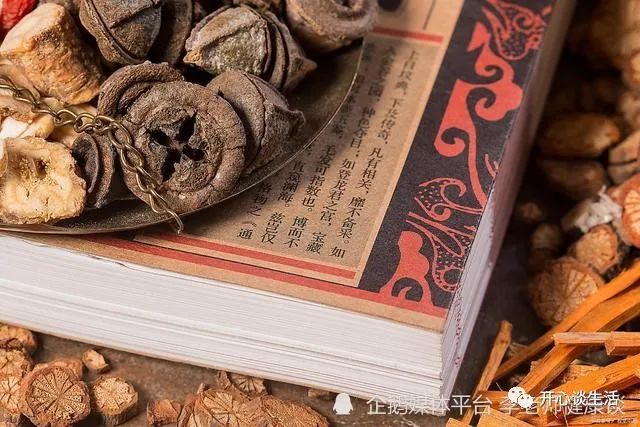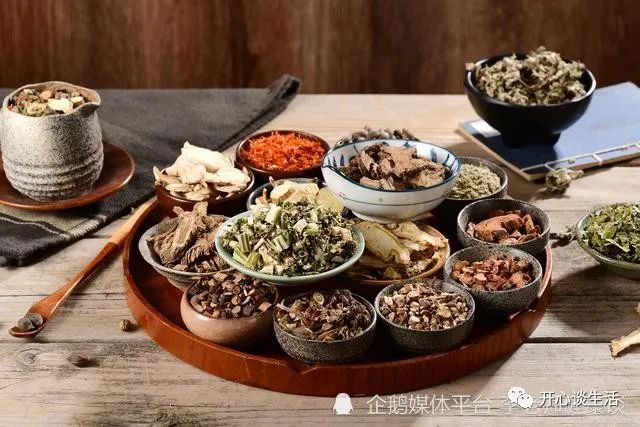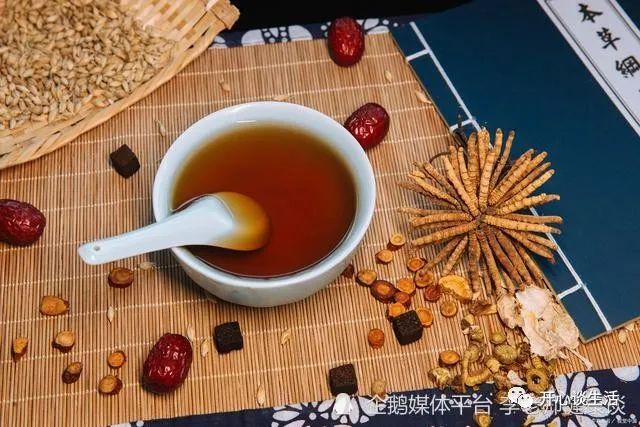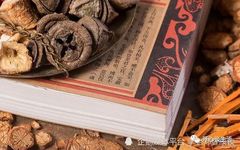Activating blood and resolving stasis, like clearing heat and detoxifying, is a well-known diagnostic and treatment method in Traditional Chinese Medicine (TCM). “Blood” is an important substance recognized early in TCM, circulating throughout the body and playing a fundamental role in the functioning of the five organs and six bowels.
When blood flow is obstructed, or certain areas of the body experience stagnation, blood stasis occurs. Historically, causes of blood stasis included overexertion, trauma, hunting, and fighting, as well as internal factors such as dampness, heat toxins, cold congealing, phlegm obstruction, and qi stagnation. A precise diagnosis is essential for effective treatment, allowing for the dispersal of stasis and the smooth flow of blood.

Blood stasis is one of the diagnostic patterns in TCM, and the goal of activating blood and resolving stasis.The classic TCM text, Huangdi Neijing (The Yellow Emperor’s Inner Canon), discusses activating blood and resolving stasis extensively, outlining at least four key points: First, it clarifies the role of “blood”; second, it provides a deeper understanding of how poor blood circulation leads to blood stasis; third, it outlines the approach to activating blood and resolving stasis; and fourth, it mentions several formulas, such as Wuzeigu Lurou Wan (Cuttlefish Bone and Reed Root Pill).Another classic text, Shennong Bencao Jing (Shennong’s Classic of Materia Medica), emphasizes the role of herbs in activating blood and resolving stasis, listing over 40 herbs, including well-known ones like Yuanhu (Cyathula officinalis), Chuanxiong (Ligusticum chuanxiong), Danshen (Salvia miltiorrhiza), Niuxi (Achyranthes bidentata), and Sumu (Dalbergia odorifera). However, the most influential work on activating blood and resolving stasis is likely Jinkui Yaolue (Synopsis of Prescriptions of the Golden Chamber).
First, it standardizes the scope of activating blood and resolving stasis, making it more rigorous.
Second, it provides clearer guidelines on how to treat blood stasis.
Third, it comprehensively discusses potential complications of blood stasis.
Fourth, it offers specialized formulas for activating blood and resolving stasis.

So, when blood stasis occurs, what symptoms does TCM associate with it?Generally, there are four key indicators:
1. Dry: Hair appears dry and yellow, skin shows unhealthy shades of green or yellow rather than being dark or rosy, and there may be localized itching, indicating the initial stage of blood stasis.
2. Cold: As blood stasis progresses, blood supply to the limbs decreases, often resulting in coldness, and the organs may experience insufficient blood nourishment, leading to cold symptoms, such as a cold lower back, cold abdomen, or cold uterus in women.
3. Pain: This is the intermediate stage of blood stasis, characterized by sharp, stabbing pain in specific areas or throughout the body, often accompanied by lumps that are not easily movable. Stasis can cause pain, which is a common phenomenon.
4. Purple: This is the advanced stage of blood stasis, where significant stasis occurs in multiple areas, with a dark purple tongue and lips, and purplish-black nails, along with the presence of ecchymosis on the body.

As blood stasis varies in severity and location, various symptoms may arise, such as: Blood stasis in the limbs often leads to swelling and bruising; Blood stasis in the lungs may cause cough with phlegm; Blood stasis in the stomach can lead to acid reflux and fullness; Blood stasis in the heart may result in angina and a feeling of tightness; Blood stasis in the liver can cause heat and pain in the ribs and back; Blood stasis in the uterus may lead to irregular menstruation and dysmenorrhea. Additionally, blood stasis in critical vessels can cause numbness or even hemiplegia. These are all targets for resolving stasis, requiring a differential diagnosis for treatment.
However, before blood stasis occurs, blood must first experience a stage of blood deficiency, which refers to both the weakness of qi and blood circulation and the insufficiency of nutrients within the blood, similar to the concept of anemia. Blood deficiency is more commonly seen clinically and can be assessed through three indicators:
1. Observing the lips, face, and nails for pallor and lack of color.
2. Assessing energy levels, with symptoms such as dizziness, insomnia, palpitations, forgetfulness, and frequent dreams.
3. Evaluating physical condition, with dry skin, slow movements, and sluggish limbs.
Thus, the approach to activating blood and resolving stasis should be: blood deficiency -> blood stasis -> various symptoms from blockage -> activating blood and resolving stasis -> dispersing stasis and promoting blood flow.
Therefore, the approach to activating blood and resolving stasis is established. Jinkui Yaolue outlines six principles:

First, resolving stasis often begins with treating qi. Qi and blood are interdependent; if qi cannot move blood, blood flow slows, leading to insufficient nourishment of the organs, which gradually results in deficiency issues. Therefore, tonifying qi and promoting its movement is the first choice.
Second, do not forget to treat dampness when resolving stasis. Deficiency can lead to phlegm, dampness, and cold, which obstruct qi and blood flow, resulting in blood stasis, which in turn affects the distribution of body fluids. Thus, it is essential to promote diuresis and resolve dampness.
Third, warmth is essential for promoting circulation. Phlegm and dampness resulting from blood deficiency can be eliminated with diuretic agents, but cold symptoms resulting from deficiency can cause blood flow to congeal. Therefore, warming and nourishing methods are necessary to disperse cold and open the meridians.
Fourth, a combination of tonifying and dispersing is required to resolve stasis and generate new blood. Using warming yang herbs for resolving stasis can harm the righteous qi, so it is important to use tonifying herbs to protect the righteous qi, as tonifying herbs are very beneficial for recovery after resolving stasis.
Fifth, the severity of the condition dictates the choice of herbs. Blood-activating herbs are derived from both plants and animals. Common blood-activating plants include Danggui (Angelica sinensis), Chuanxiong (Ligusticum chuanxiong), Dahuang (Rheum palmatum), and Guizhi (Cinnamon twig). Animal materials for resolving blood include Shuizhi (Hirudo), Meichong (Scolopendra), and Fengchao (Honeycomb), with distinctions made based on the severity of the condition and the degree of blockage.
Sixth, use gentle herbs to avoid harm. This principle applies to potent blood-activating herbs, where using pills can mitigate side effects and prevent excessive potency from causing new issues.
The blood-activating and stasis-resolving formulas in Jinkui Yaolue not only eliminate blood stasis but also support righteous qi, clear heat, resolve phlegm, promote diuresis, regulate qi, and warm the meridians, achieving the effect of “using one formula to treat multiple diseases.” A typical example is Guizhi Fuling Wan (Cinnamon Twig and Poria Pill).

The complete formula consists of five ingredients: Guizhi (Cinnamon twig), Fuling (Poria), Mudanpi (Moutan root), Taoren (Peach kernel), and Chishao (Red peony).
This formula emphasizes Guizhi, which activates blood, warms the meridians, and disperses cold; Fuling strengthens the spleen, promotes diuresis, and nourishes the heart; Mudanpi clears heat, activates blood, and resolves stasis; Taoren resolves phlegm, activates blood, and promotes bowel movements; Chishao regulates qi, disperses stasis, and clears heat.
Guizhi Fuling Wan primarily focuses on activating blood and resolving stasis while also supporting the spleen, nourishing the heart, and clearing heat, making it widely used in clinical practice and recognized as a primary formula for activating blood. However, all medications should be strictly followed according to medical advice.

